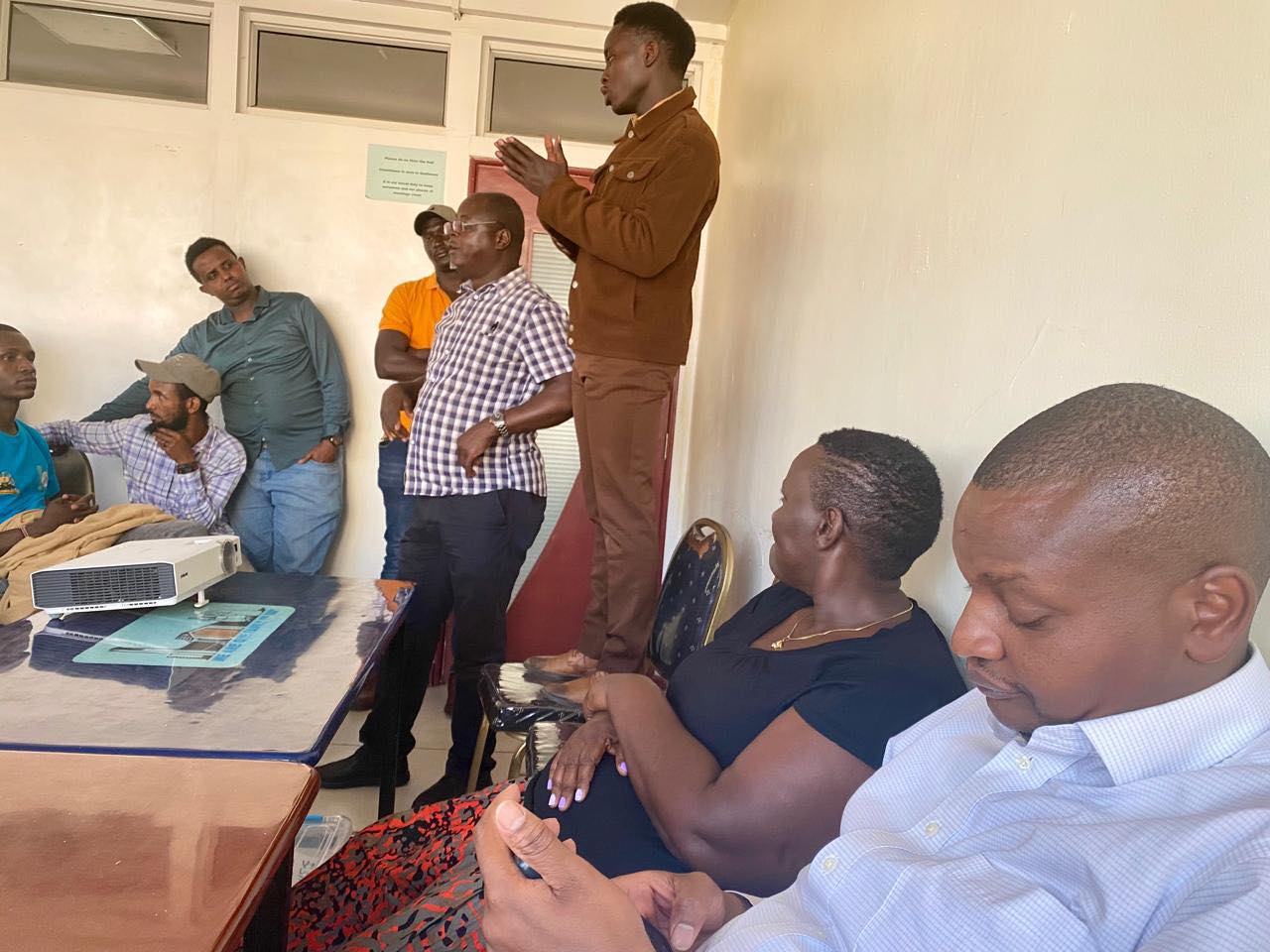Hard of Hearing and Deaf Persons Feel Music
How Hearing Impaired Persons Feel Music
Deafness varies from hard of hearing to profound deafness. People with this kind of disability can be cured either by treatment or assisted through hearing aids, and cochlea implants while others have adapted to living without hearing at all.

Most people assume that it is impossible for deaf or hard of hearing persons to listen to music, much less play an instrument. This explains the shock when people meet deaf and hard of hearing persons in concerts and even along the streets with head phones and earphones because they try figuring out how possible it is for them to actually be listening to music.
Well, they don’t listen but feel the music.
However, they can listen when a sign language interpreter is involved. Furthermore, it may surprise you to know that several deaf people have become accomplished musicians. One such example is Ludwig Van Beethoven, one of the most influential composers of all time.

So do deaf people actually listen to music? The answer would be not literally. However, they have had to developed different methods of sensing music through feeling rather than hearing. Such methods Include:
Vibrations
The kind of experience other people have when listening to music is similar to the experience a hearing impaired/deaf person has when feeling music. Studies show that hearing impaired persons are able to sense vibrations in the same part of the brain that others use for hearing.

Deaf and hard of hearing persons feel vibrations created by the music being played and consume those vibrations through their body. Additionally, they can easily feel the humming sounds produced by picking a bass string or the boom of drums. In music, lyrics arouse a variety of feelings, hence a combination of vibrations and the lyrics is how deaf people enjoy music.
Hearing Aids
Hearing aids and cochlea implants enables the hard of hearing to feel and hear music. These hearing aids allow for enhanced levels of hearings even though some prefer turning down the volume when in concerts or places with loud music so that they can feel the music through vibrations.
Sign Language Interpreters

It is no longer a surprise to see bands or musicians have sign language interpreters during their concerts, this is common with western countries and is slowly trickling to the third world. The interpreters sing the song lyrics in sign language so that as their deaf or hard of hearing audience feel the music, they are also able to tell what the musician sings about as well.
Some of these sign language interpreters appear in music videos acting out the songs for the deaf audience to understand.
Hacks for Deaf/Hard of hearing to Perceive Music
When vibrations move through an object like the inner workings of an ear, sound is produced. This is why, the deaf and hard of hearing make their music experience more effective by bringing themselves closer to the vibrations through other mediums. For instance:
- Listening to Music Barefooted: To feel vibrations effectively, one can take of their shoes to prevent them from absorbing the vibrations. Being barefooted allows one to feel the music vibrations through the floor.

- Holding a balloon: Balloons are made of a thin material which is a great conductor of vibration. Holding such a balloon allows one to feel the vibration and thus music in higher intensity as compared to having nothing in the hands. Some can hold cups or half-full water bottles in place of a balloon to get some vibration.
- Be near a speaker: One’s proximity to a speaker allows for vibrations to move from the speaker to the body so that he/she can experience live music effectively.
In other words, deaf people can come up with different ways of enhancing and improving their music experience. They are not limited to a specific mode of feeling the music.
By: Linzer Kibebe
Tags: Deaf
Related
Share this article
Unregistered Staff and Guest Writers: This account will no longer post articles. We appreciate your past engagement and invite you to stay connected with us!
View articles

